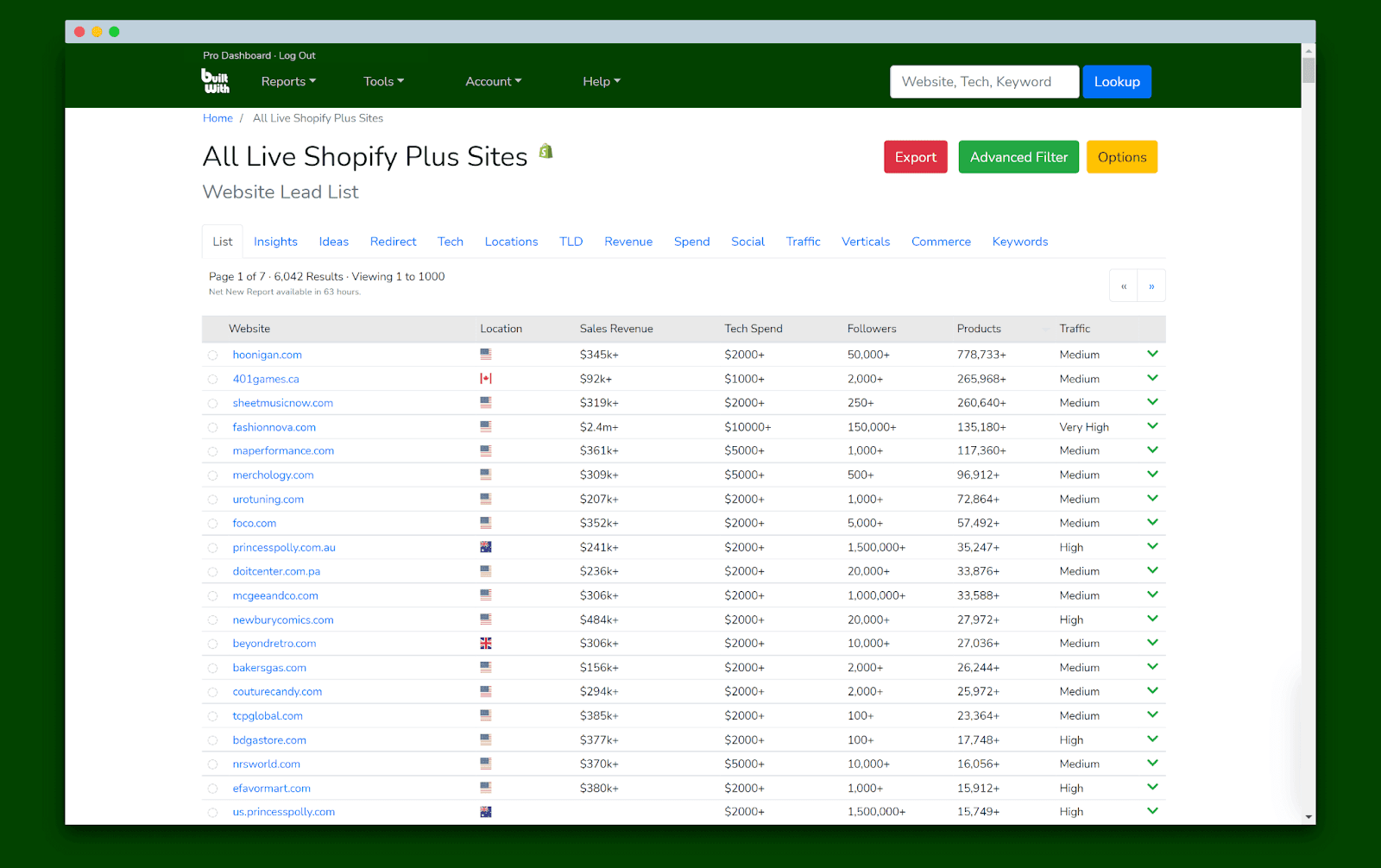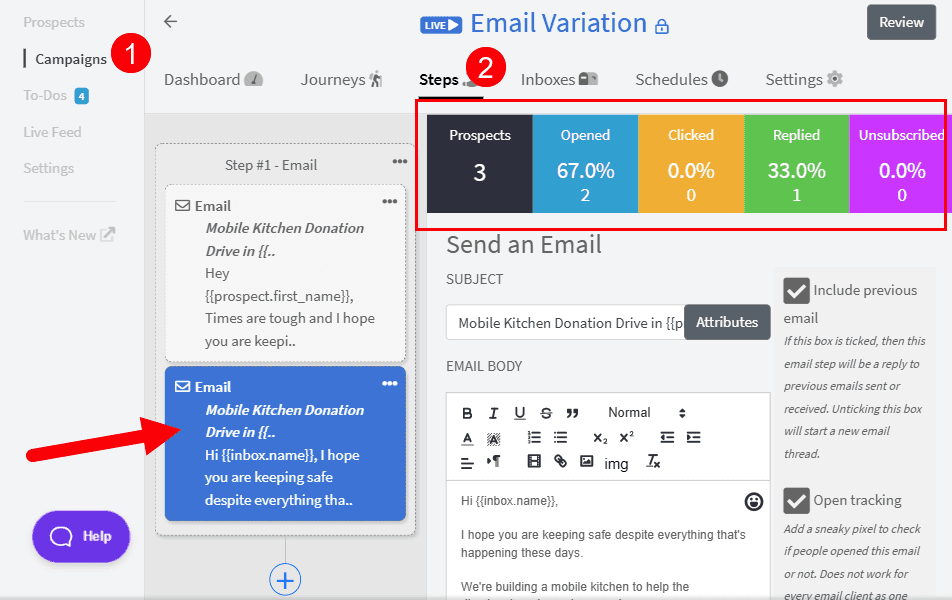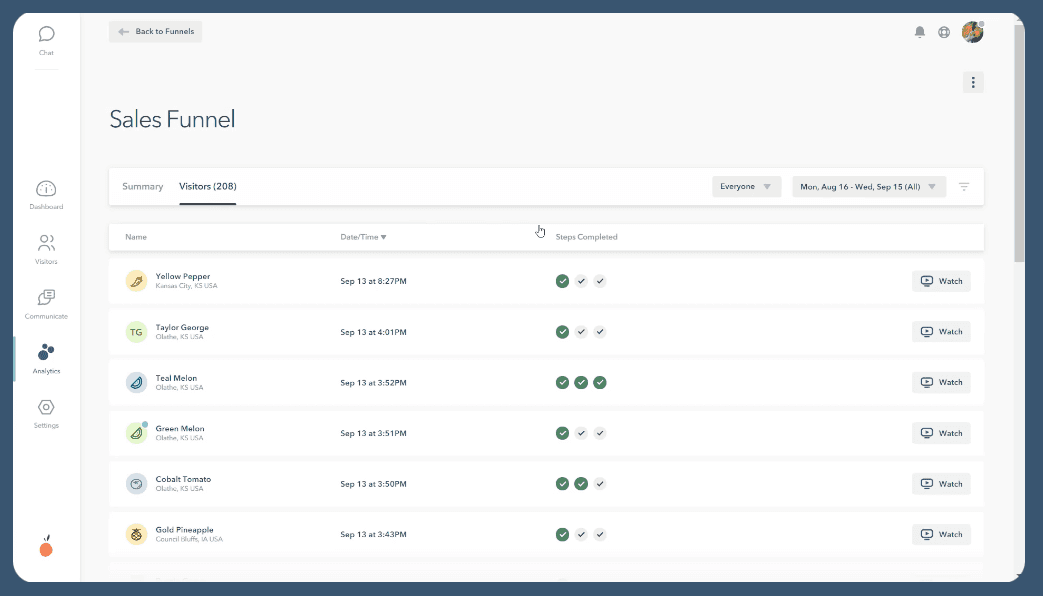5 Powerful Cold Email Campaign Tips for More Leads
Aug 2, 2022
Published by: Jeremy Chatelaine
No matter how many cold email campaigns you’ve sent in the past, there is always a way to improve your setup.
In this article, I’ll walk you through some actionable cold email campaign optimization tips that you can start implementing today to help you increase your reply rate and ROI from your cold email campaigns.
Let’s jump in.
Benefits of Ongoing Cold Email Campaign Optimization
Avoid the law of diminishing returns
The first-ever banner ad launched in 1994 had a clickthrough rate (CTR) of 78%. Today, the average Facebook A CTR is approximately 1%.
Like with any other sales or marketing channel, the law of diminishing returns applies. If one cold email strategy works, it’ll quickly get picked up by other people and before long will have been saturated.
By continually optimizing and exploring new tactics in your cold outreach, you can figure out what’s working today and avoid following the same tried-and-tested tactics that everyone else is using.
Boost your conversion rate
The best companies are continually experimenting with conversion rate optimization.
The best CRO processes don’t just apply to your website layout or button color. The CRO funnel starts from your first point of contact with a prospect – in this case, your cold email.
By testing the messaging, call-to-action, and the type of audience you’re targeting, you can improve your reply rates and ROI on your outreach.
Quickly test new messaging and value propositions
An interesting part of cold email is that it’s highly personal. You can have one-to-one conversations with high-level decision-makers at your target companies.
This means it’s the perfect way to gather real-time qualitative feedback. For example, even if your recipient tells you they’re not interested in becoming a customer, they can still share information about why they’re not interested, or not ready to become a customer.
On the other hand, you might find that one cold email template is getting a higher than average response rate. If that’s the case, you can start to test a similar value proposition on your main landing page as part of an A/B test and see if it performs better than your existing variation.
5 Actionable Cold Email Campaign Optimization Steps to Supercharge Your Campaigns
1. Improve your email list quality
The number one way to get more replies from your cold email campaigns – or email campaigns in general – is to improve your email list.
This sometimes sounds counterintuitive. The standard advice is to write great email templates, use a cold email tool, and have a call-to-action that makes it impossible for your recipient to resist replying.
Those points are all good advice, and we’ll discuss them later in the article.
However, the most critical part of any cold email campaign is the quality of your list.
If the people you’re reaching out to are qualified for your offer, they’ll be happy to reply – even if your template isn’t perfect.
You can use tools like BuiltWith or ZoomInfo to build prospect lists of people relevant to your company quickly. For example, BuiltWith lets you search for prospects based on technographic data.
If you sell software to e-commerce using Shopify Plus, you can quickly run a search and see every website using it.

Source: BuiltWith
You can export these into your lead list and be confident that everyone you’re reaching out to is highly qualified for your pitch.
The more targeted your campaigns, the better engagement you’ll see, and the better your results.
This tip also applies to any email automation campaign optimization in general - even if your subscribers have opted-in, always verify that they’re still engaged with your list and if they’re not, consider removing them.
2. Personalize your emails to tach recipient
Every recipient in your cold email campaign needs to feel like you’re reaching out to them personally.
You can do that – even at scale – using merge fields and attributes.
These attributes are text in your email templates that automatically change based on who the email is sent to.
For example:
“Hey {{prospect.first_name}}” changes to “Hey Sarah”
“Great work on {{company.name}}’s latest feature release” Changes to “Great work on Salesforce’s latest feature release”
All good cold email software will let you add attributes to your emails at scale. That means every prospect will feel like you’re reaching out to them personally and you’ll get more replies than if you sent the same generic email to everyone.
Improving your levels of personalization is one of the most powerful cold email campaign optimization tips out there and will ensure your cold email always stands out in your prospect’s inbox.
3. Test your call-to-actions
Your call-to-action at the end of your cold email influences how many replies you receive, and what they reply with.
It’s a vital part of your cold email campaign optimization process.
It needs to be simple to reply to and avoid boxing your recipient into a one-word answer.
Examples of powerful call-to-actions include:
Does this sound interesting to you?
What’s the best way for us to connect about this?
Do you have ten minutes to connect on {{day}} and see if this is something that may be of value to you?
These CTAs are simple to reply to and the busy decision-makers you’re reaching out to won’t need to take much time out of their day to get back to you.
If you’re not sure which CTA to go with, you can even consider A/B testing them. You can do this in QuickMail and test any two variations of emails in your sequences against each other.

Source: A/B Testing in QuickMail
Your final email copy and CTA choice will always be based on real data, not hunches.
4. Review your email deliverability
Your automated email campaigns won’t generate results if they don’t land in the primary inbox.
There are a few simple email deliverability rules to follow to keep your emails landing in the inbox.
Don’t send hundreds of emails per day - keep your list size small and set sending limits
Only email people who will be genuinely interested in what you have to say
Verify each recipient’s email address before reaching out to them
Use a CTA that encourages responses
Use a cold email warm-up tool
You can also add your domain to an email warm-up tool. These will generate engagement on your email account automatically, showing email service providers that you’re a trustworthy sender.
You can track how effectively your emails are being delivered on an ongoing basis, and if you see that your emails are being sent to spam at a higher rate than usual, pause your campaigns and fix the deliverability issues.
5. Track your conversion funnels to see where prospects go
When a prospect replies to your email and you’ve had a conversation, you’ll likely send them to your website or landing page where they can:
Do their own research into your product/service
Book a call with you
Start a trial of your product
You can use a tool like Lucky Orange to see how your visitors engage with your website:
What pages are people visiting?
How long are your visitors spending on the page?
Where are they dropping off before booking a call with you?

If you see your prospects dropping off at a higher rate than average, it could be because they’re not qualified. You can also compare how an audience from one campaign performs against another audience.
Seeing your conversion data can help you understand how well your B2B sales funnel is working, and how well qualified the people you’re sending to your website are for your offer.
You can also track how leads move through your sales funnel with a CRM like HubSpot, Salesflare, or Pipedrive. If leads aren’t moving through your sales pipeline, you can re-engage them to see how you can help.
In conclusion
Cold email campaign optimization is an ongoing process. It’s a critical part of any outreach process and is going to help you improve your audience targeting, messaging, and call-to-actions.
You’ll get more responses to your outreach campaigns and ultimately, close more new business.
The tips in this guide are just a starting point – always make sure the updates you make to your campaigns are based on real data that you’re collecting and make sense for your audience.




